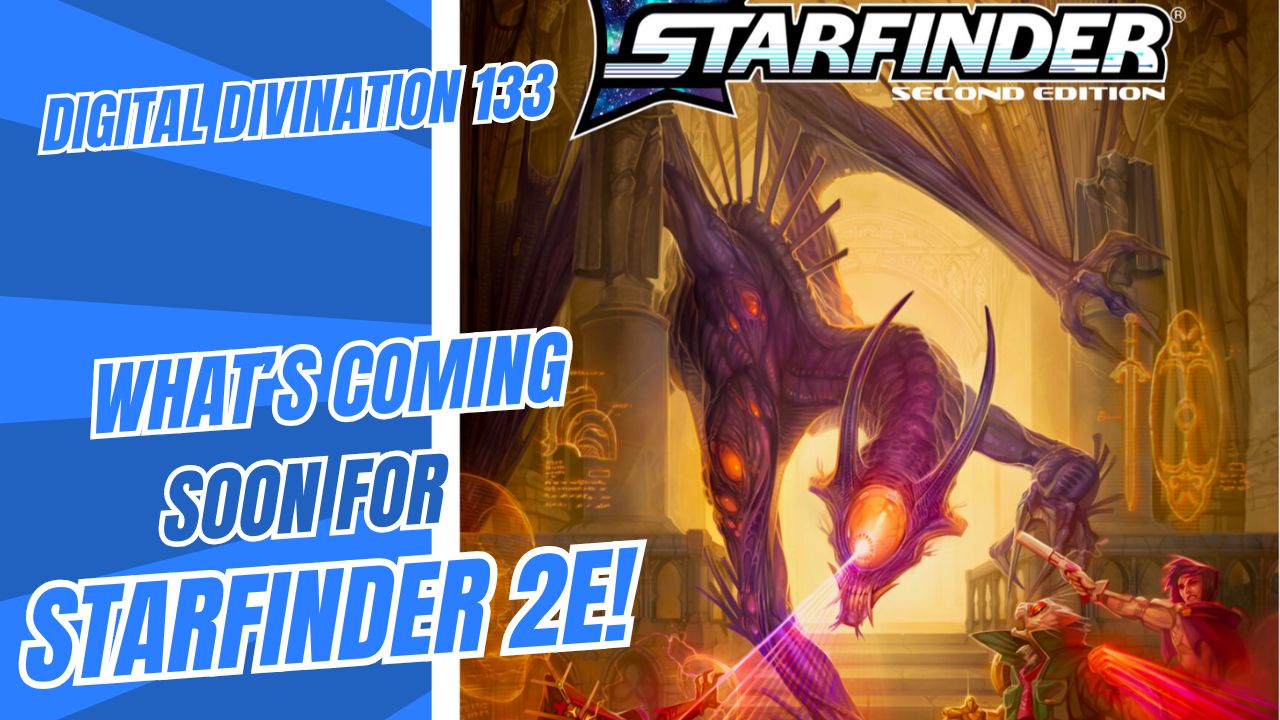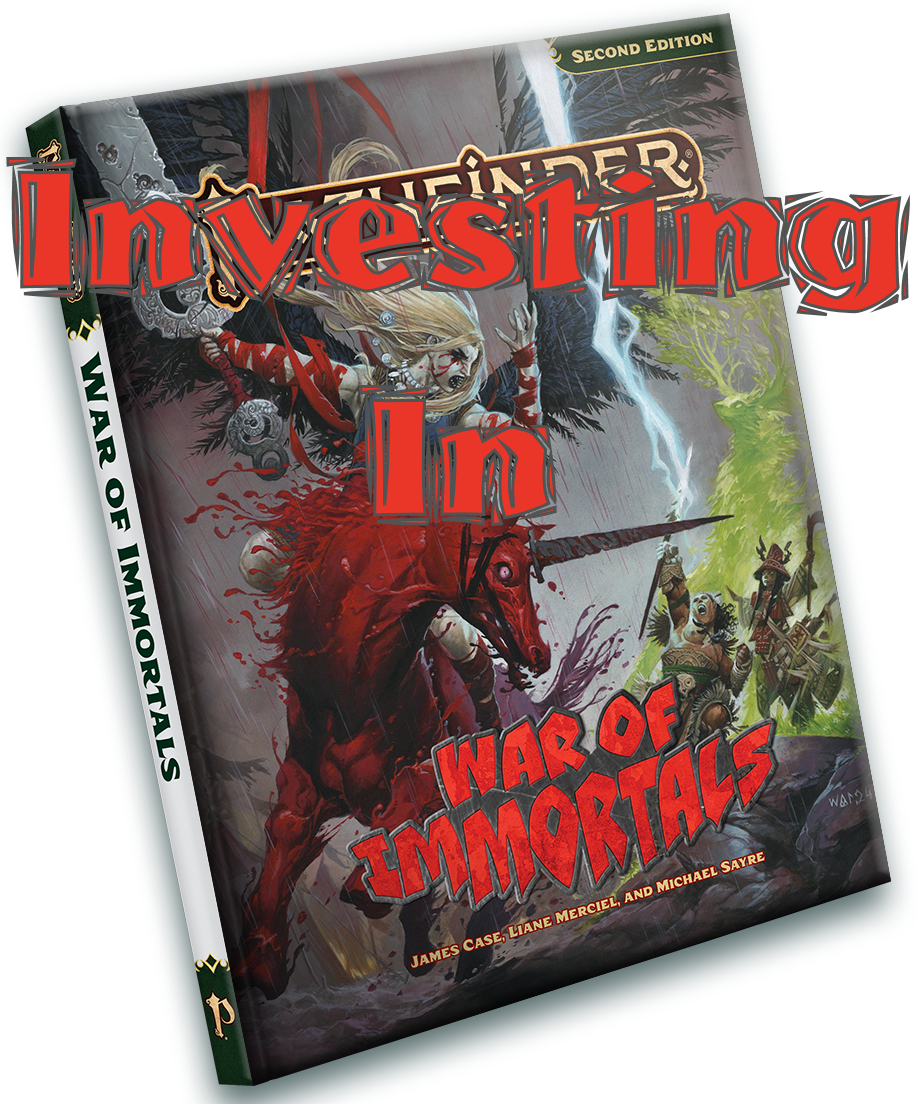When reviewing the Complete series, I often refer to the first Complete series versus the second Complete series. The first is Complete Adventurer, Arcane, Divine, and Warrior. If the Complete series was the vowels of D&D sourcebooks, Complete Psionics would be the first series’ Y. So what is this Complete Mage? How can there be two books on arcane magic that are both Complete? How can this even be in the Complete series without the standard three new base classes and gaggle of prestige classes? Add to that, the Spell Compendium was released shortly before Complete Mage.
This book was controversial for its mere existence. It would have to be fully stoked with great information and useful options to prove it is anything but a Wizards of the Coast cash grab.
At a Glance
The cover’s featured character is an albino necromancer with two albino rats on her shoulders. Overall, not the most appealing cover girl. Also, I was frustrated to find no feats included for gaining a second familiar. The strikes against this book start early.
Inside, there’s a surprising lack of dazzling images in most of the book. Mostly just profile pictures of plain-clothed fantasy figures with a hint of their favourite power. Some of these are amusing, like the controller standing next to a drooling lizardman, but most, especially the prestige classes, are dull.
There is one chapter with the visual stimulation deserving of the limitless powers mages possess: Chapter 4: Spells and Invocations. Vadania rotting a Shambling Mound. Hennet teleporting through a bolt of lightning, and one of the greatest visualizations of any spell ever, a crystal full of a Drow’s memories forcing its way out through his forehead. So there are some interesting images, but not enough to satisfy a fantasy art fetishist.
Highlights
Multipurpose Spells and Feats, Especially Reserve Feats
It’s a pretty standard rule that if you cast a spell with multiple round duration, the effects of casting the same spell in that duration will not stack. Complete Mage introduces a slew of new spells that bring versatility to Dungeons and Dragons magic. Spells like Boiling Blood have secondary effects that only happen if the spell is cast on the same subject twice in one duration. Maybe it isn’t always the best use of a spell of that level, but it’s a fun new feature that hopefully becomes a trend.
Even better are the new multipurpose feat type introduced, Reserve feats. Imagine gaining new spell-like abilities by channeling the arcane might contained within your soul. With Hurricane breath, you can blow like Superman, bulrushing opponents so long as you have an uncast air spell of high enough level. There are over two dozen reserve feats that grant casters abilities from flying to touch attacks.
Good Fluff, Good Balance of Fluff to Crunch
Compare the first Complete series to the Races Of series. The Complete books go straight into rules without much thought to explain the nature of the topic, whereas the Races Of books spend a great deal of space fleshing out background and offering interesting reading material. This new generation of Complete books takes the Races Of philosophy and applies it to classes. We get more material discussing the differences between the schools and the philosophies of the specialists than ever published. This is followed by a barrage of gaming options. And the material I would normally call filler is kept to a minimum, giving the book a nice flavour of variety.
Supports Old Material
Remember Warlocks, Warmages, and Wu Jen? These are the three new classes introduced (in a manner of speaking) in Compete Arcane. So it’s good to see them supported in Complete Mage with new prestige classes, spells, and invocations. In this way, Complete Mage acts as the sequel to Complete Arcane. Gone are the days of new options landlocked in the sourcebook in which they were introduced. These base classes now frolic freely through the expanding river of support material as it is introduced in books like this one.
Low Points
Bad Timing
Between Complete Arcane and Spell Compendium, the demand for a new sourcebook that covers “all things arcane” was not high. In fact, Complete Mage embarrasses itself by using that tag line when it shares a shelf with Complete Arcane at most gaming stores.
Minimal Prestige Classes
While its great to see new options for Warlock characters, having three of only ten prestige classes dedicated to warlocks is awfully generous. The prestige classes offered are sound, although half aren’t all that original, but there just aren’t many. Which isn’t a strickly bad thing, unless a consumer is picking this book up expecting twice that ala the first Complete series. Buyer beware, this ain’t your daddy’s Complete sourcebook.
Is This The Best Advice?
According to Complete Mage, a conjuration specialist can prohibit the transmutation school without worry. But what about all the useful stats boosting that spells like Bull’s Strength and Bear’s Endurance provide? A conjurer benefits more from transmutation than any other school by my estimation. Advice like that I could forgive in Dragon magazine or on the website, but publishing it gives it an official air. Official advice should be of the wisest sort.
Juicy Bits
If you’ve played enough Dungeons and Dragons, you’ve been struck with the near-suicidal plan to multiclass Sorcerer and Wizards and somehow make it work. The Ultimate Magus prestige class brings your Frankenclass to life! Also, the Master Specialist is a wizard prestige class that a character can qualify for after 3rd level. Essentially ten levels that elevate your specialization without costing you spellcasting ability. All that and new alternate class features.
Personal Experience
I’m just starting to try options from this book. My new Warmage will be taking the clap of thunder reserve feat and adding Lightning Leap to his spell list.
Overall
I scoffed at this book, but gave it enough of a chance to peruse it at my local gaming store. I benefited everyone by doing so. The exciting options and innovative ideas shocked and excited me. It looked like a dead branch on the D&D tree, but looking closer revealed hundreds of buds.
However, there is another major difference between Complete Mage and the first Complete series that has to be addressed. The first Complete series boasted options for any class that was looking to add another class’ flavour. Complete Arcane, for example, allowed a fighter to a magical flair. Complete Mage has little to offer non-arcane classes. Arcane casters, especially warlocks, have a lot to gain from it.
If You Liked This Book…
Complete Arcane and the Spell Compendium are must-haves for anyone that likes arcane magic.
Complete Scoundrel and Complete Champion are the other volumes in the second Complete series. If you enjoyed finding out more about the game’s classes, these are interesting reads.
This is a stretch, but Magic of Incarnum is all about characters that can manifest new magic items daily. Anyone who enjoys the more imaginative options in Complete Mage might want to check out this obscure source book.




Leave a Reply